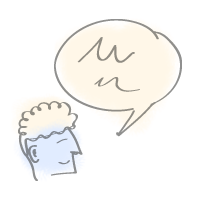Normally, participants leave their daily office routine, or classroom, or other work area and step directly into a training session with little or no preparation or thought about the learning to come. This phase is designed to engage and motivate learners before the course begins.
Learners are then mentally prepared. In form of questionnaires or interviews, the learners express their goals for the course, their needs, as well as their possible objections or resistance to e.g. the topic, the group members, etc. This provides the facilitator with the information needed to establish rapport more easily at the beginning of the course and to design the course according to the needs and goals.
In some cases literature is read or simple tasks for preparation are completed. This starts the participants thinking prior to the program and encourages personal accountability.
The 2nd part of this phase is called “Welcoming”, just as we would our dinner guests. It is designed so that everyone senses a positive learning environment which encourages interaction and sharing of ideas. Room design, overview of the program and the framing of each learning segment create a sense of safety and direction. Activities include pair/group share, visualization, demonstration, review, experiencing new ideas through interactive games, etc.


